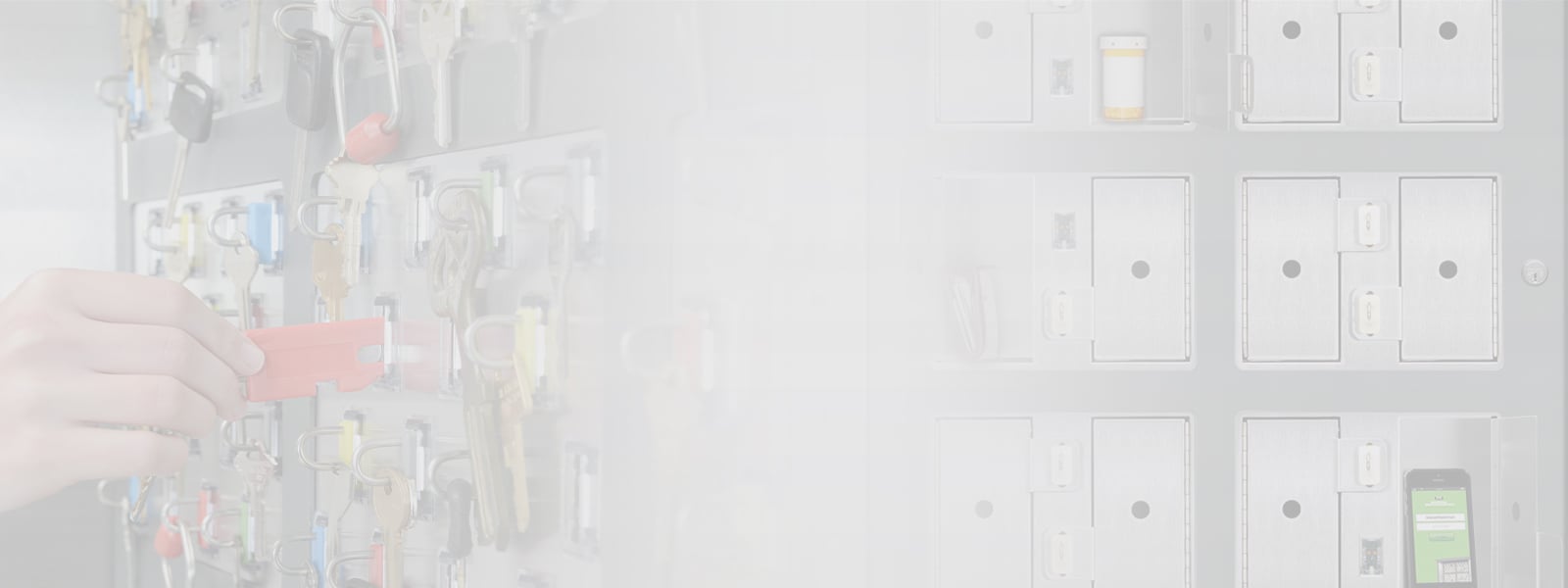The technology found in today’s physical security systems is notably more advanced than systems that were deployed even just five years ago. IP cameras were on the scene then but megapixel and panoramic capabilities were just beginning to appear. Access control systems offered integration capabilities but nothing compared to today’s “smart” access cards and systems. And who had even heard of or envisioned cloud technology, SaaS (Software as a Service) or data mining as an integral part of a physical security system.
Technology advances in key control and management systems have been equally dramatic. Over the past five years key control systems have been re-imagined and re-designed as an easier-to-use, intelligent component of physical security. Like other aspects of an enterprise system, today’s key control features open protocols to allow the system to be networked and integrated with other technologies. Centralized control, a global user database, scheduled/on-demand reports and mobile apps are just a few of the advantages realized with these new systems.
Along with these advances, key control and management systems have been made easier to use. Features include large touchscreens on the front panel with convenient buttons and an easier-to-use interface with step by step instructions or audio prompts. Keys available for access can be called up on the touchscreen along with information about the location of a specified key, if it’s been taken out, and if so by whom. Management can specify if keys should be returned to a different site, and when a key is overdue or has been accessed, a text or email message can be sent to authorized personnel.
All of these advances add up to a more secure and efficient facility. Keys are better protected and managed; information communicated across multiple systems enables security personnel to act more proactively; and customized reports containing key usage data provide a wide range of intelligence to help management maintain maximum control of access and security issues.
In all, key control and management systems add new depth to today’s more advanced physical security systems.



